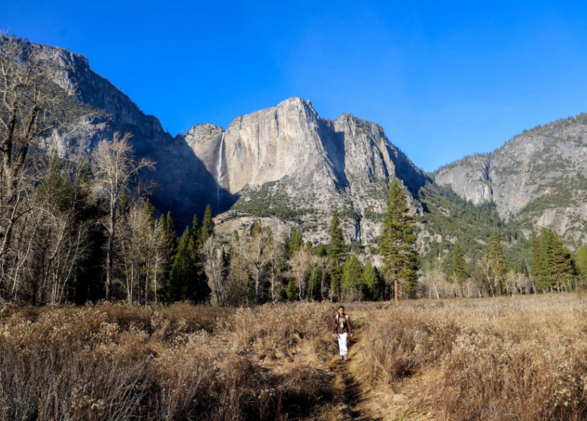A Brief History: Prince William Forest Park & NatureBridge

In an effort to relieve poverty and uplift the American spirit during the Great Depression, President Franklin D. Roosevelt launched Recreational Demonstration Area (RDA) programs to help struggling farmers on unyielding land, unemployed young men in search of work, and inner city youth with limited exposure to the outdoors. Chopawamsic, renamed Prince William Forest Park in 1948, was one of the first and most successful RDAs located 35 miles outside Washington, DC.
In 1935 the Resettlement Administration went to work to relocate struggling farmers on the arid Chopawamsic land. The Civilian Conservation Corp (CCC) and Works Progress Administration (WPA), programs supplying unemployed men with work, transformed the farmland for recreational use and set to work building five cabin camps by hand from the local timber. In 1936, their labor came to fruition as Chopawamsic accepted its first campers from Washington, DC.
During Chopawamsic’s inception, National Park Service Associate Director Conrad Wirth advocated for the camps to be unsegregated, in line with both the National Park Service’s non-discrimination policy of the time and Secretary of the Interior Harold Icke’s declaration that:
No race, or creed or color should be denied that equal opportunity under the law … Times have changed for all of us … If we are to enjoy the rights and privileges of citizenship in the different world that lies ahead of us, we must share in its obligations as well as its responsibilities. This principle applies to all of us, Caucasian, and Asiatic and Negro.NPS Associate Director, Conrad Wirth
Chopawamsic, however, was part of NPS Region I headed by Minor Tillotson who argued that:
"Long-standing attitudes and customs of the people, which require, as a fundamental, that recreational areas and facilities for the two races be kept entirely separated."
Deference was paid to local Virginian custom and the camps were segregated—Camps One and Four became known as African American camps and Camps Two, Three and Five as white camps.
In 1938, Cabin Camp One became the home of the Twelfth Street YMCA summer camp. Founded in 1853, the Twelfth Street YMCA, also known for its founder as the Anthony Bowen YMCA, was the oldest African American YMCA in the country. The photo above on the left captures those African American campers saluting a flag under which their rights were considered separate but not equal.
Seventy-four years later students from Rippon Middle School visting the park on a NatureBridge environmental science program noticed the 1938 photograph hanging in the Cabin One dining hall. Curious about its history and encouraged to explore its meaning, the students endeavored to recreate it, this time integrated. The photograph above captures them standing proudly side-by-side beneath the same flagpole with Jon Jarvis, the Director of the National Park Service.
NatureBridge opened its doors at Cabin Camp One in Prince William Forest Park in 2012, its 6th national park campus. Today, through outdoor environmental science education programs, NatureBridge serves 1,500 Washington, DC area public school students in Prince William Forest annually. 100% of schools that attend receive scholarship support.
Roosevelt set out to provide inner city youth with the opportunity to explore the natural world. Today NatureBridge continues and grows that vision in service of the health of our youth and of the natural world.

